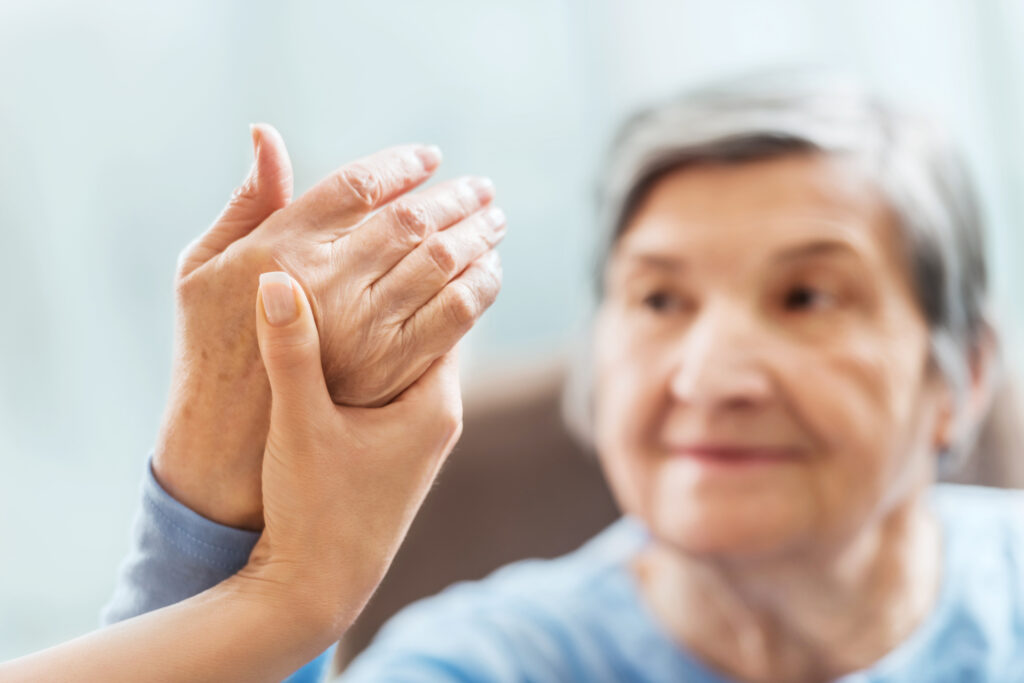Authority and Responsibility
Physiotherapists must identify and minimize any risks caused by infections or the use of equipment in their practice.
Infection Prevention and Control
Physiotherapists must use current and generally-accepted infection prevention and control measures that are relevant to their practice setting. This requires physiotherapists to:
- maintain current knowledge of infection prevention and control measures,
- consider the risks of transmission among patients, self, other health professionals, and staff before each patient interaction,
- incorporate the appropriate infection prevention and control measures based on the risks of transmission,
- ensure that there are appropriate written infection prevention and control protocols in their practice setting.
Current and generally-accepted infection prevention and control measures include, but are not limited to:
- hand hygiene
- use of personal protective equipment (e.g. gloves, gowns, masks, respirators)
- cleaning, disinfecting and/or sterilizing equipment appropriately
- not re-using single-use equipment (e.g. single-use electrodes)
- safe management and disposal of waste and sharps
- any other additional measures that may be necessary, such as single room treatment areas or safe handling of soiled linen
Equipment Maintenance
Physiotherapists must ensure that the equipment they use to provide patient care is properly maintained and safe. This means ensuring that the equipment is inspected, maintained, and serviced according to the health facility’s policies, manufacturers’ guidelines, and legislative requirements.
Physiotherapists must have a written process for routinely reviewing the maintenance and safety of the equipment they use, and be able to demonstrate that they did the review.
Resources
The following list of resources will assist physiotherapists in meeting the expectations in this Standard. While this list is in no way complete, physiotherapists can use these resources as a starting point for learning more about best practices in infection prevention and control.
- Infection Prevention and Control (IPAC) Canada Evidence-based Guidelines
- Provincial Infectious Diseases Advisory Committee (PIDAC) documents:
- Routine Practices and Additional Precautions in all Health Care Settings (November 2012)
- Infection Prevention and Control for Clinical Office Practice (June 2013)
- Best Practices for Hand Hygiene, 4th Edition (April 2014)
- Best Practices for Environmental Cleaning for Prevention and Control of Infections in All Health Care Settings (April 2018)
- Public Health Ontario (PHO) documents:
- IPAC Core Competencies – Accessible Documents | Public Health Ontario
- WHO Tools for Infection Control
- Duties under the Occupational Health and Safety Act
Physiotherapists have additional responsibilities to uphold as employers, supervisors or workers under the Occupational Health and Safety Act and its associated regulations. Please refer to the Government of Ontario’s Guide to the Occupational Health and Safety Act for more information.




